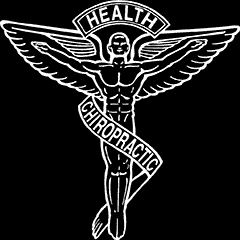The article selected was a clinical trial that was conducted at  study was designed to study the effects of exercise and manual therapy on the treatment of early stages of respiratory disorders. The study utilized 20 healthy individuals, who were divided into 4 groups: an exercise only group, a manual therapy group, a manual therapy and exercise group and a control group. The three treatment groups had the Forced Vital Capacity (FVC) and the Forced Expiratory Capacity in the first second (FEC1) measured pre- and post-treatment for a course of 6 treatment sessions, while the control group had the same measurements taken at the same intervals. The results showed that the exercise only group saw a decrease in the FCV and FEC1, the manual therapy only group saw a significant increase in FCV and FEC1, the manual therapy and and exercise group saw an increase after manual therapy (which was the first treatment each session) and another mild increase after exercise (which was the second treatment each session), the control group saw no significant changes.
study was designed to study the effects of exercise and manual therapy on the treatment of early stages of respiratory disorders. The study utilized 20 healthy individuals, who were divided into 4 groups: an exercise only group, a manual therapy group, a manual therapy and exercise group and a control group. The three treatment groups had the Forced Vital Capacity (FVC) and the Forced Expiratory Capacity in the first second (FEC1) measured pre- and post-treatment for a course of 6 treatment sessions, while the control group had the same measurements taken at the same intervals. The results showed that the exercise only group saw a decrease in the FCV and FEC1, the manual therapy only group saw a significant increase in FCV and FEC1, the manual therapy and and exercise group saw an increase after manual therapy (which was the first treatment each session) and another mild increase after exercise (which was the second treatment each session), the control group saw no significant changes.
Critique
This article was very interesting as it clearly indicates the potential effects of manual therapy on respiratory function. Granted that this study was the first to look at the effect of manual therapy on respiratory function, and the group was perhaps smaller than ideal (although was large enough to prove to be statistically significant), it still showed the potential for manual therapy to be a good therapy for the treatment of the early stages of respiratory disorders. It is also important to note that the exercise post manual therapy group saw double increase in respiratory function, because statistically many of the active Chiropractors are providing their patients with exercise advice as well as performing manual therapies. The study indicates the need for further research into the matter to see if manual therapy is the ideal treatment for early stage respiratory dysfunction, as well as the potential impacts on pre-existing respiratory conditions.
